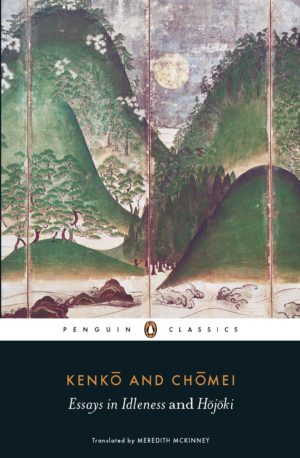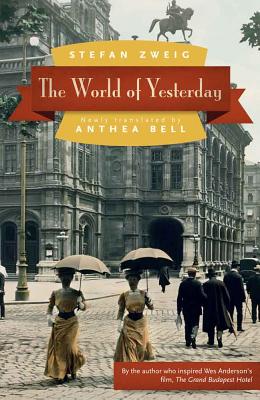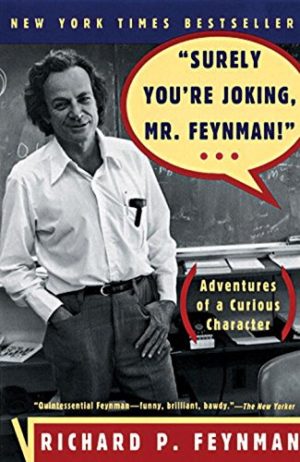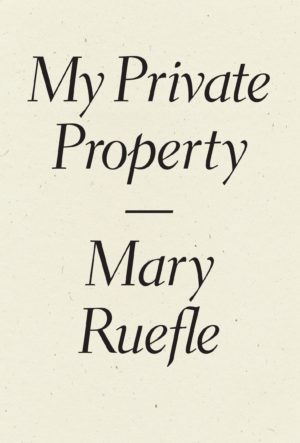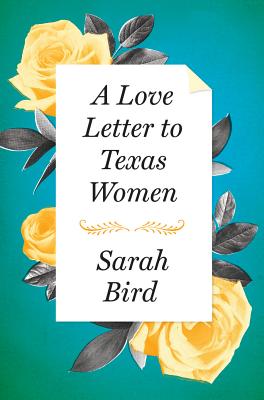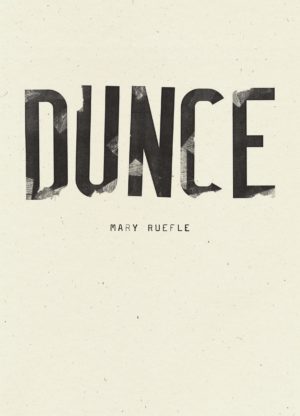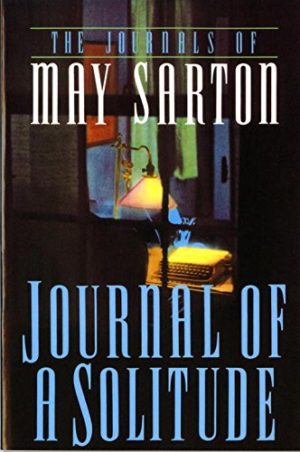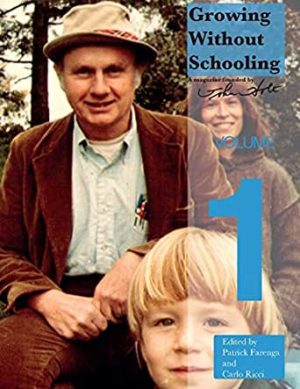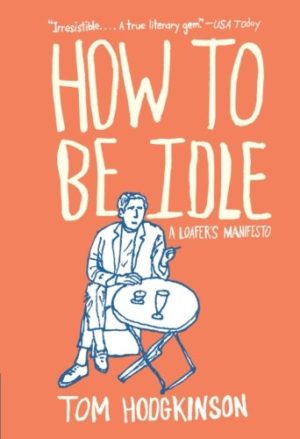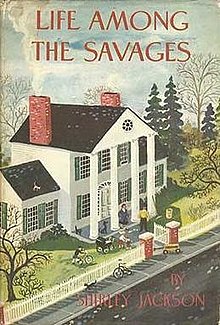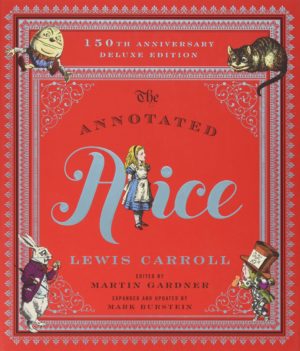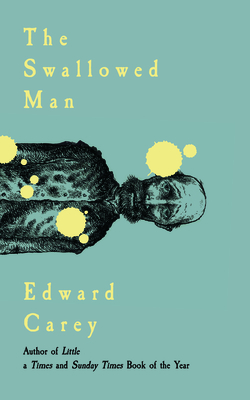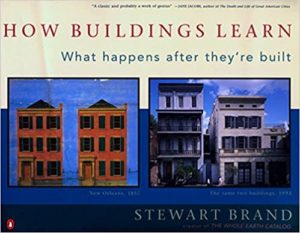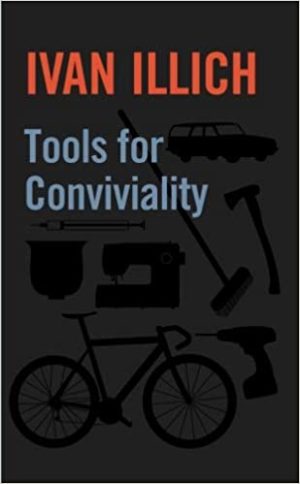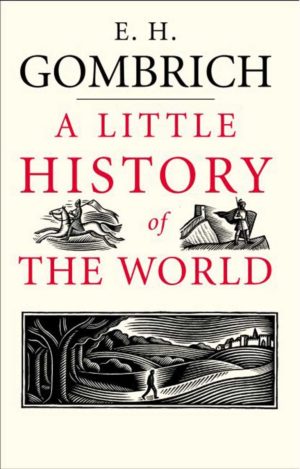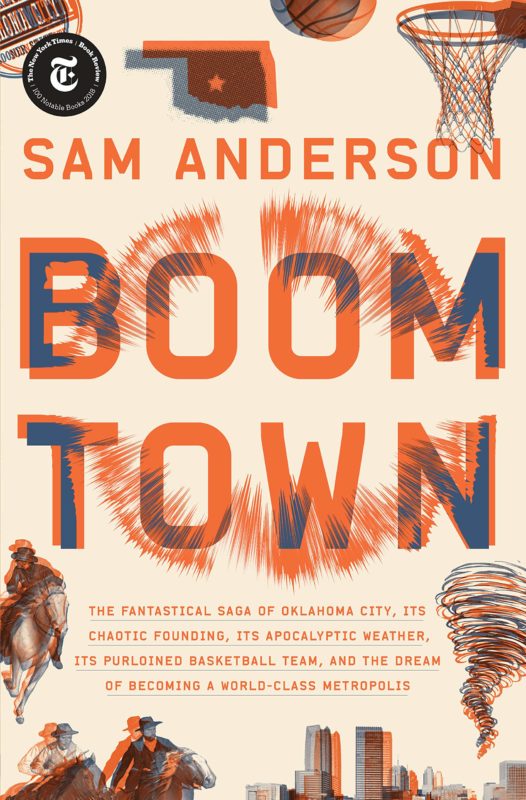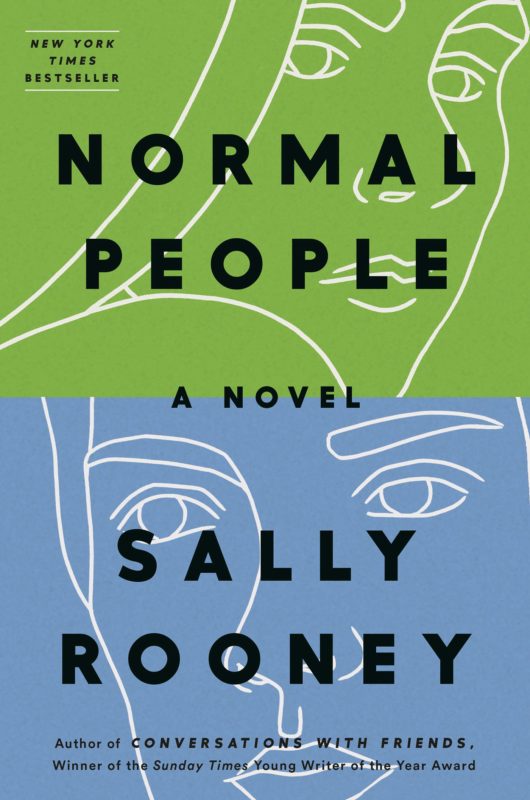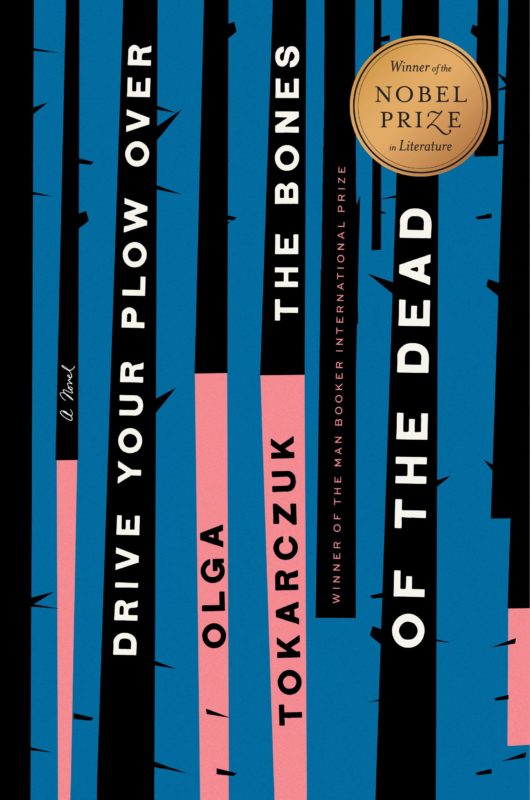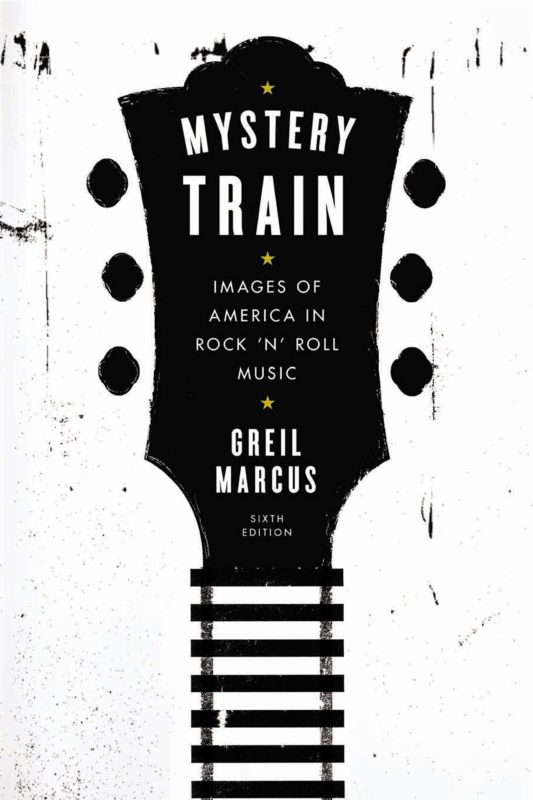It was a crummy summer, but we still had books. Here are ten good ones, in the order in which I read them:
Essays in Idleness and Hojoki
Kenko and Chomei
Two wonderful works of the Zuihitsu genre — “consisting of loosely connected personal essays and fragmented ideas that typically respond to the author’s surroundings“ — both read at my kitchen table. Somehow, I haven’t yet been able to get into the other classic of the genre, Sei Shonagon’s The Pillow Book, but I can see revisiting these two every couple of years.
The World of Yesterday
Stefan Zweig
“The greatest curse brought down on us by technology is that it prevents us from escaping the present even for a brief time. Previous generations could retreat into solitude and seclusion when disaster struck; it was our fate to be aware of everything catastrophic happening everywhere in the world at the hour and the second when it happened.” Zweig wrote that in 1942, and he sent the manuscript off to his publisher before committing suicide shortly after. If you can get through this book, you won’t forget it. (I’m also a big fan of Zweig’s short biography of Montaigne.)
The Dyer’s Hand and Other Essays
W.H. Auden
In his essay about Iago, Auden makes this life-changing distinction: Instead of asking yourself, “What can I know?” ask yourself, “What, at this moment, am I meant to know?” I wore down my pencil underlining this book. Like many collections by poets, the sentences sing, and can be savored on their own. Here’s another: “Some writers confuse authenticity, which they ought always to aim at, with originality, which they should never bother about.” A book I’ll be returning to often.
The Children’s Machine: Rethinking School in the Age of the Computer
Seymour Papert
In July, I jokingly tweeted the cover of this book with the caption, “Don’t worry about school reopening y’all I’m getting it figured out.” It actually turned out to be a great read, much more about how we learn and play and think than about computers. Other good books I read about teaching, school, and kids: Murray Schafer’s Ear Cleaning: Notes for an Experimental Music Course, Alison Gopnik’s The Gardener and The Carpenter, Kenneth Koch’s Wishes, Lies, and Dreams: Teaching Children to Write Poetry, and bell hook’s Teaching To Transgress: Education as the Practice of Freedom. “One must never get tired of reiterating the obvious,” Papert wrote, and it’s true of so many great books about education: We know how it works, we just won’t or can’t do the things that really help children thrive.
Intimations
Zadie Smith
A tiny collection of essays written during lockdown, inspired by Marcus Aurelius’s Meditations. By no means essential, nor was it meant to be. (Writing, she says, is primarily “Something To Do.”) Why should we ask writers to only publish long, “important” books, anyways? I think so highly of Smith’s essays, I’ll take whatever I can get. (Another short, lovely book I recommend: Esther Pearl Watson’s Galactic Halo, a collection of her flying saucer paintings along with a mini-memoir of growing up in small town Texas.
Surely You’re Joking, Mr. Feynman
Richard Feynman
Half brilliant and half annoying, half illuminating and half cringeworthy. But, in total, what you have is a lively portrait of a curious mind, always turning, always thinking, always impatient with the stale thoughts and habits of human beings. I’d kind of like to cannibalize this book and cut it with the first essay in The Pleasure of Finding Things Out and some other works of his that focus more on learning and teaching.
My Private Property
Mary Ruefle
I savored this prose collection, reading it slowly, one or two pieces at a time, early in the morning, with a cup of coffee. Ruefle has really been my patron saint of lockdown. Her short, brilliant books are perfect quarantine reading. I liked this review: “Ruefle can seem like a supernally well-read person who has grown bored with what smartness looks like, and has grown attracted to the other side.” Honestly, grab any title of hers from Wave Books, they’re all worth reading. (Her newest poetry collection, Dunce, was one of my favorite books I read this spring.)
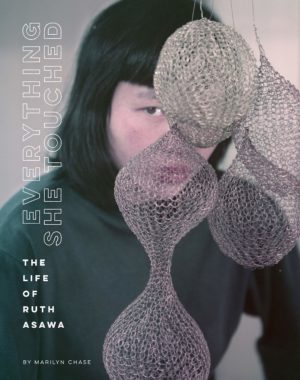 Everything She Touched: The Life of Ruth Asawa
Everything She Touched: The Life of Ruth Asawa
Marilyn Chase
I can’t remember the last time I was so inspired by an artist’s biography. “I hold no hostilities for what happened; I blame no one. Sometimes good comes through adversity. I would not be who I am today had it not been for the internment, and I like who I am.” How does an artist go through so much and still work so hard and give so much without any hint of bitterness? How in the world did she make such great work and raise six kids? (Answer to that one: very little sleep.)
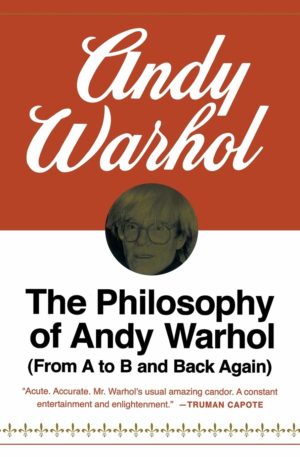 The Philosophy of Andy Warhol: From A to B and Back Again
The Philosophy of Andy Warhol: From A to B and Back Again
Andy Warhol
What’s interesting to me about this book is that Warhol tipped his hand as far as how emotional and feeling he actually was. (Or wanted us to think he was — like many an artist, you have to take everything he says about himself with a grain of salt.) He famously said he wanted to be a machine, but you realize that’s just a reaction to the exhaustion of being an artist, having to constantly make choices. Commercial art, he said, was easy because people told him what to do. “The hard thing is when you have to dream up the tasteless things to do on your own.” He wanted a computer programmed to be a “boss who could tell me what to do…” (I skipped the “B” parts, FWIW.)
Caste: The Origins of our Discontents
Isabel Wilkerson
I picked this up after critic Dwight Garner called it “an instant American classic,” and it gripped me immediately. Amazing read. (Her previous book, The Warmth of Other Suns, was recommended several times as a book with an unusual but brilliant structure.) Expect this to be up near the top of the best of the year lists, including mine.
(Here’s everything good I’ve read so far this year.)
